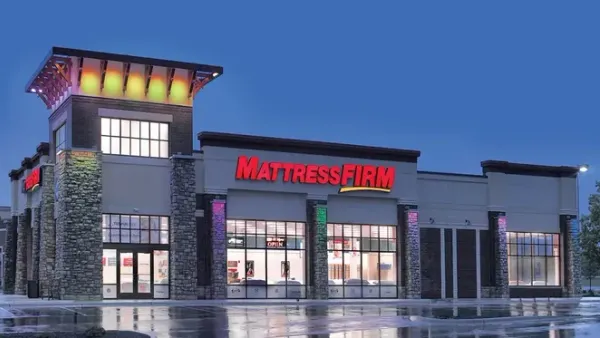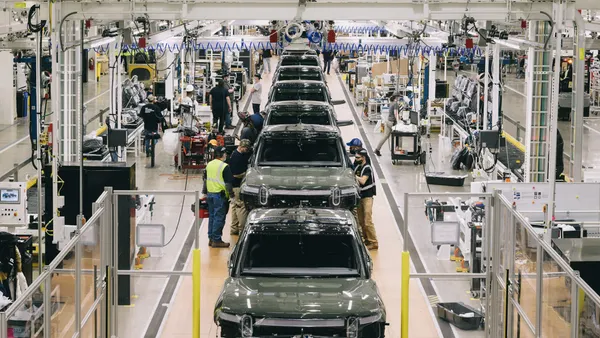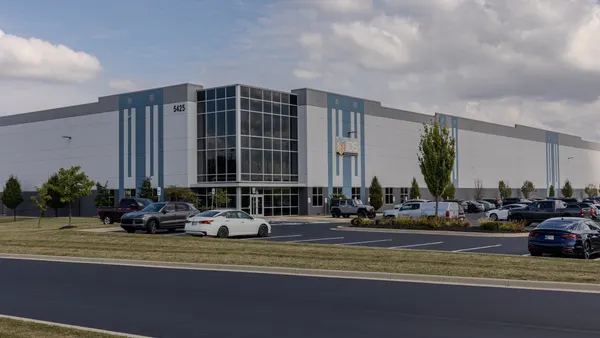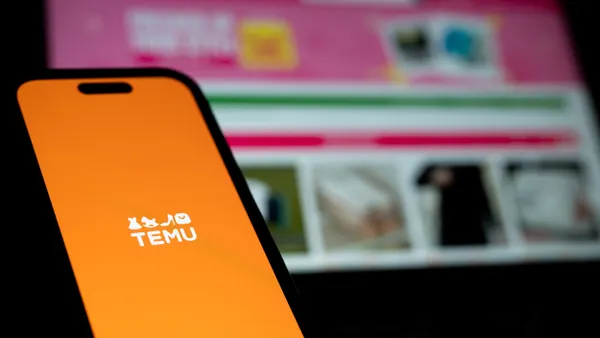Dive Brief:
- Target is testing a new distribution strategy aimed at cutting down its replenishment cycle from days to hours while reducing overall inventory at stores, especially at small-format ones, Target Senior Vice President of global supply chain and logistics field operations Preston Mosier said during a keynote at the Retail Supply Chain Summit in New York City on Thursday, according to The Wall Street Journal.
- The new process, which is being piloted at a "flow center" warehouse in Perth Amboy, New Jersey, uses the same inventory to replenish stores and fulfill online orders. In a shift to its current supply chain operations, the company is experimenting with sending a higher frequency of smaller shipments that are more tailored to the individual demands at the store and surrounding area.
- Mosier also noted that Target is creating a new warehouse management system to better integrate its distribution and fulfillment operations, the Journal reports. Target did not immediately respond to a request for comment from Retail Dive.
Dive Insight:
In the race against Amazon and other rivals, Target is using its growing fleet of small-format stores (which will total 130 by the end of 2019) as a major competitive advantage. These stores, mainly in urban, suburban and college markets, offer something shoppers can't order off Amazon — immediate gratification and a highly-curated assortment to match the needs of the neighborhood. Yet, these stores easily lose their value if they can't keep pace with Amazon's speediness and convenience in delivery.
Target's best bet is category expertise — and differentiation is key. Small-format stores have to keep a close eye on data and adapt to the needs of the community, all the while bringing in something unique and convenient with a personal touch. A speedy and flexible supply chain is essential to making this all work. A store can have a great assortment, but if it can't stock shelves quickly enough, or worse if it doesn't have space for cases of product that don't sell — customers may be quick to pull out their phones and turn to Amazon Prime.
Delivery and logistics have become a bigger part of Target's plan since the company's acquisition of same-day delivery upstart Shipt last year. In the months since, Target announced free two-day shipping on orders over $35 for all customers and same-day delivery at a cost at some small-format stores when consumers shop in-store.
In testing this new system, Target will be faced with working out the kinks of a major change to its current supply chain operations, and one challenge will be keeping down costs as fulfillment trips rise dramatically.













